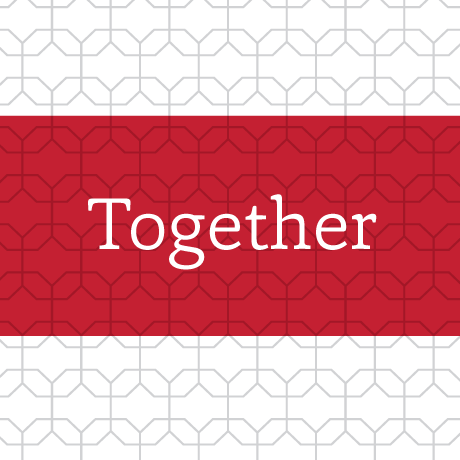Tim's recovery through Embedded Arts
After spending eight months confined to a wheelchair during chemotherapy to treat lymphoma, bone cancer and liver cancer, Tim Hickey was desperate to walk.
Once his cancer treatments were complete, Tim sought help from the Wexner Medical Center Physical Therapy team. He started using a walker, but progress was slow. The game changed when
Lise Worthen-Chaudhari, MFA, research scientist and former professional dancer, placed small sensors on Tim’s ankles and directed his attention to a television screen on the wall.
“Move,” she encouraged him.
And so he took one step, and then another. With each of Tim’s movements, colored lines appeared on the screen. The more force he put into his movements, the deeper the colors became. Soon, the entire screen was filled, a rainbow celebration of the work he’d done that day.
“Instead of boring, cracking the whip, ‘You’ve got to move; you’ve got to walk,’ I could see my movements, and the time just flew by,” Tim says now. “I worked harder because I wanted to see those darker colors. It sped up my recovery.”
